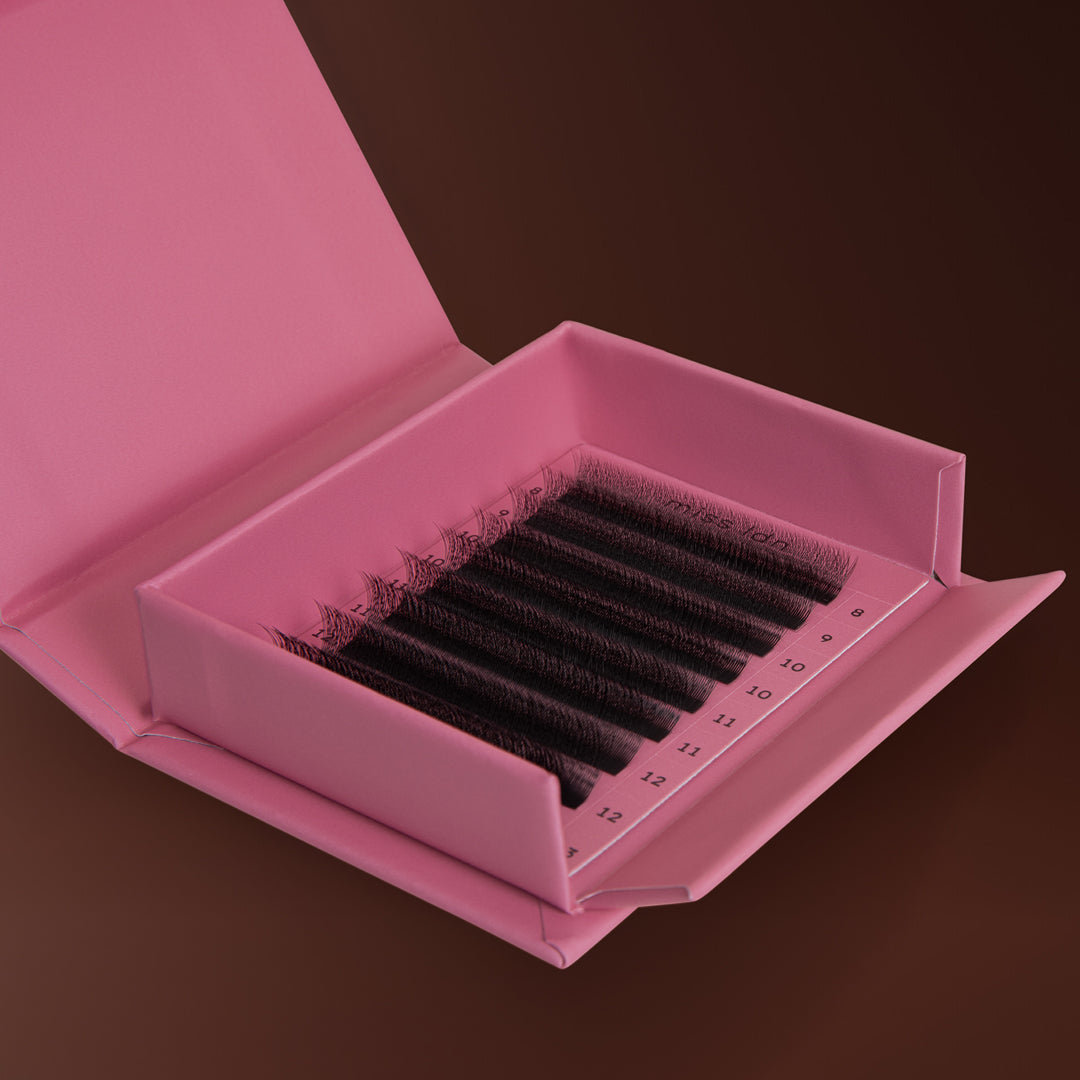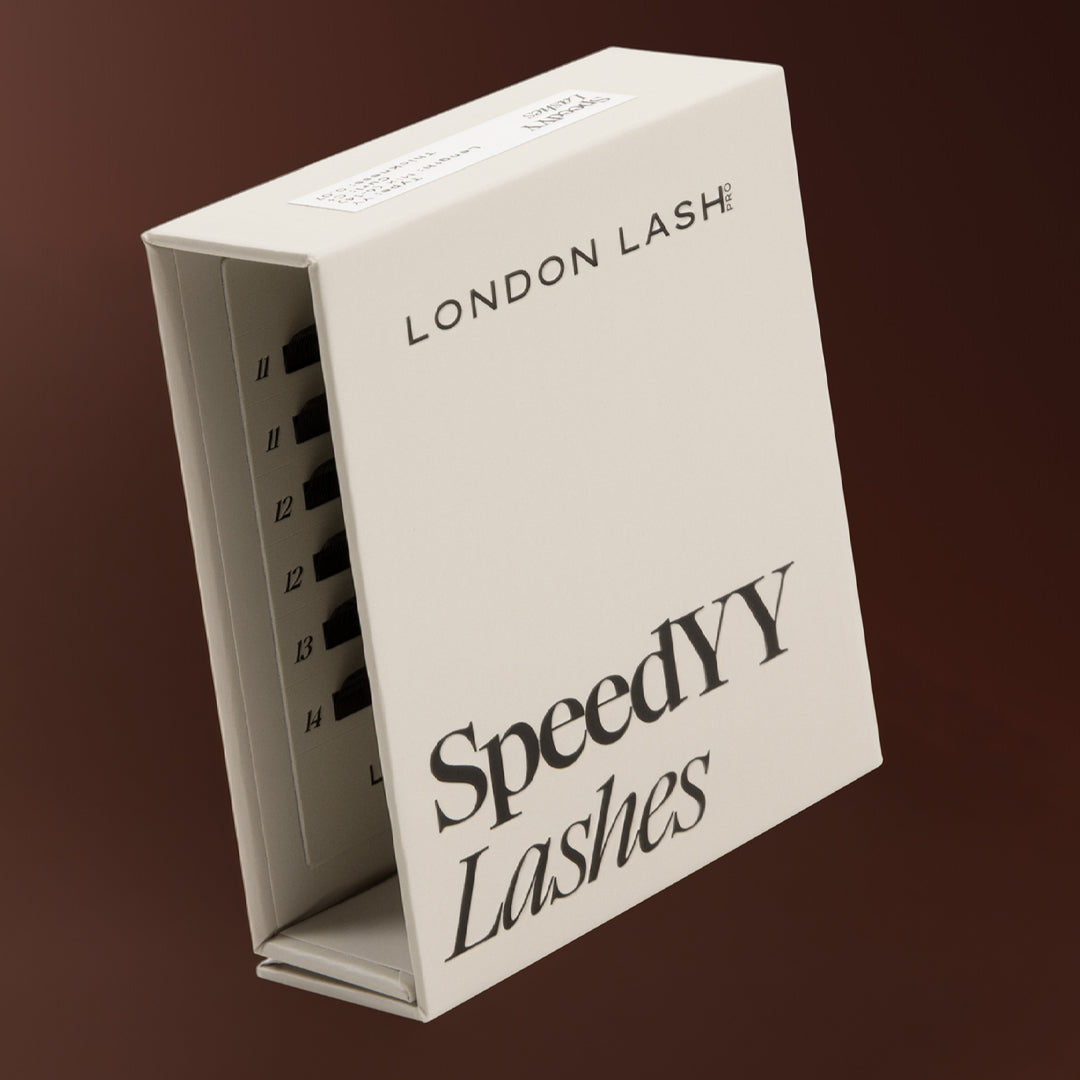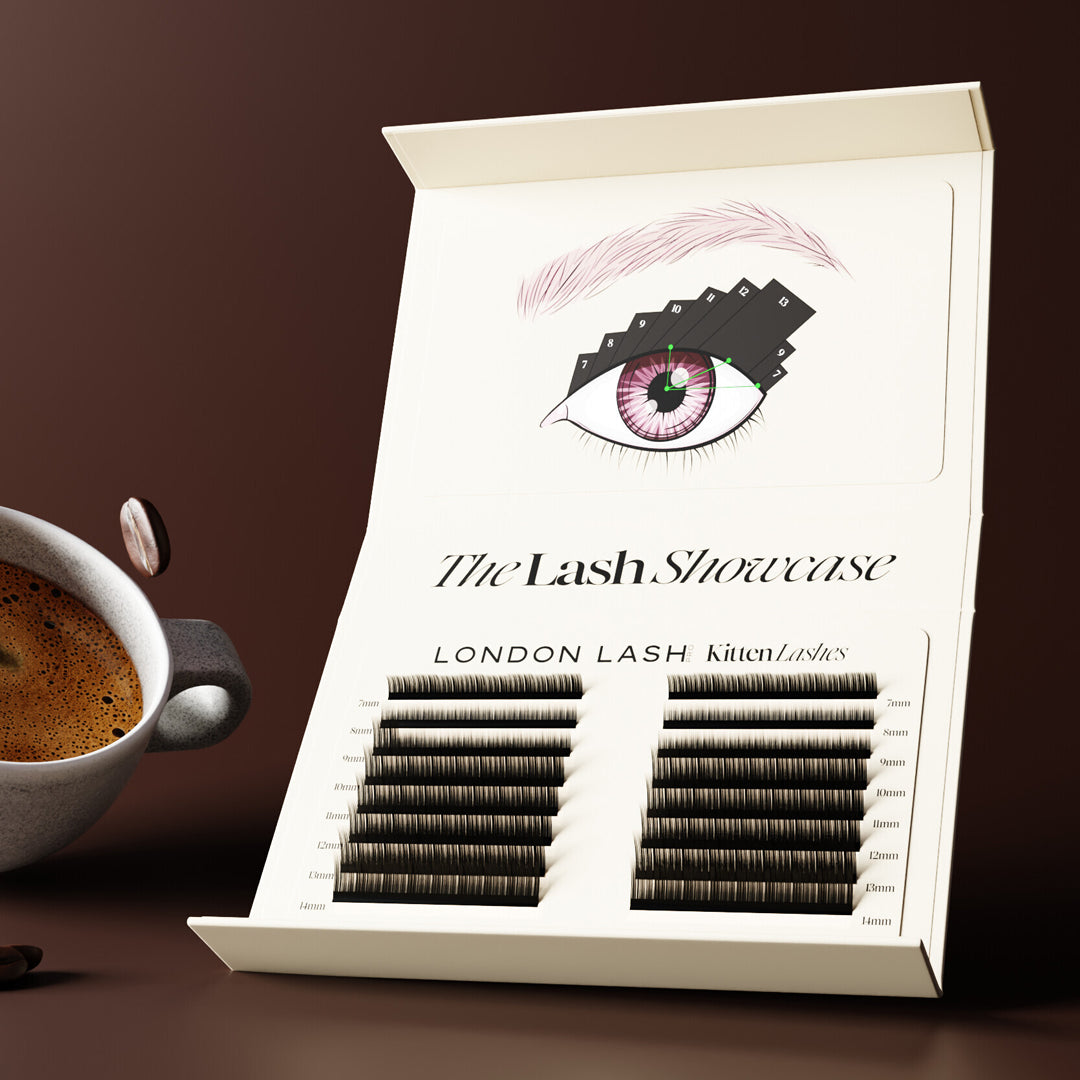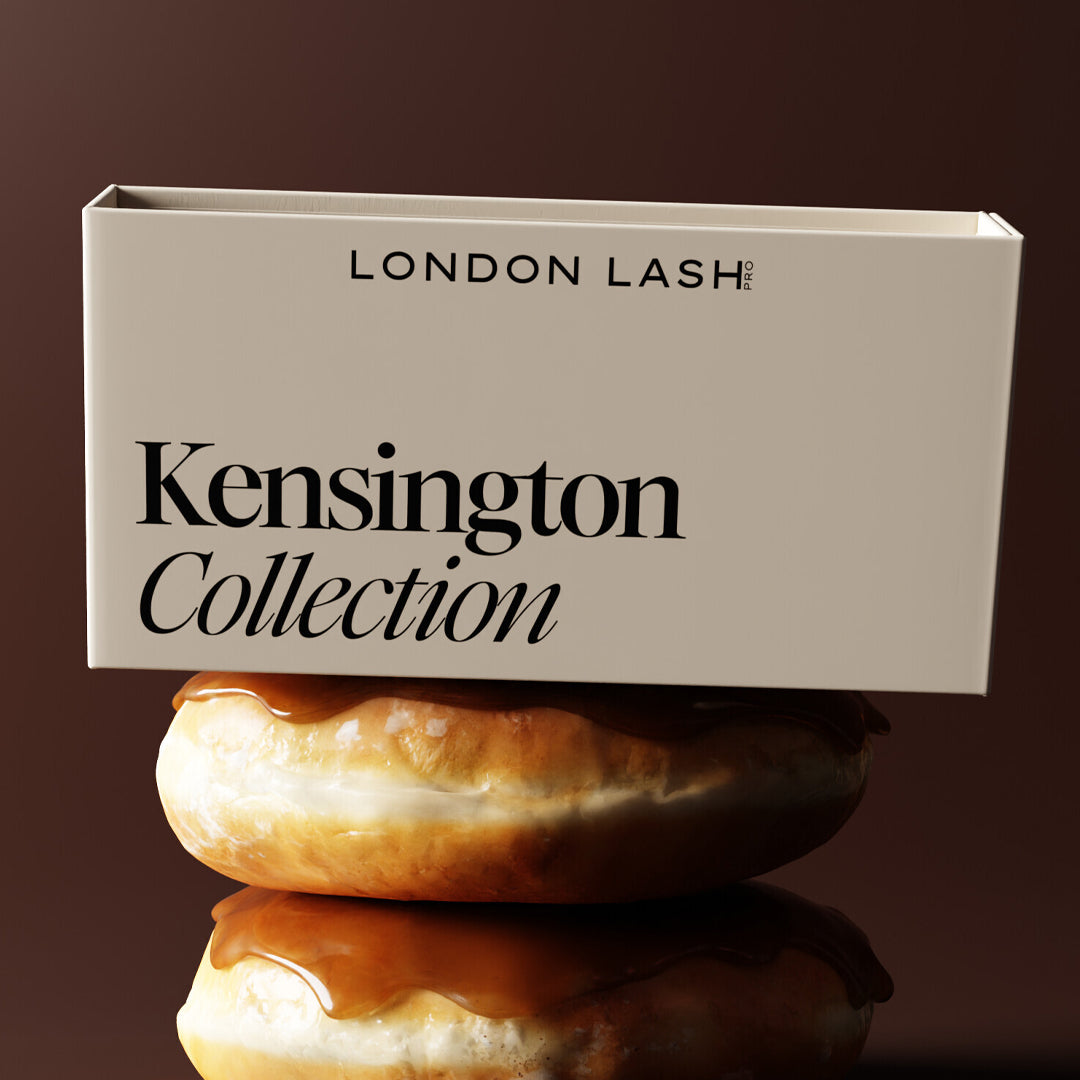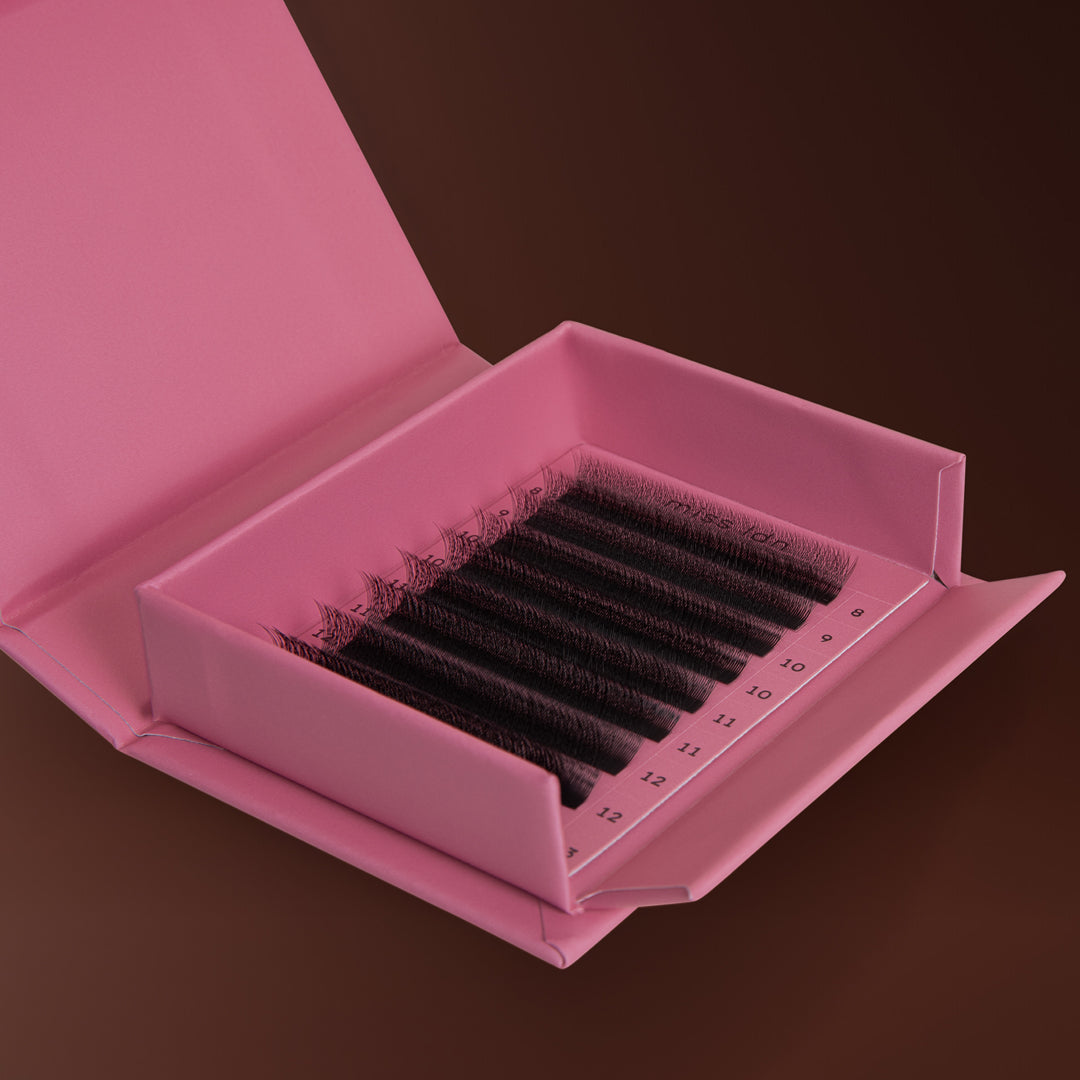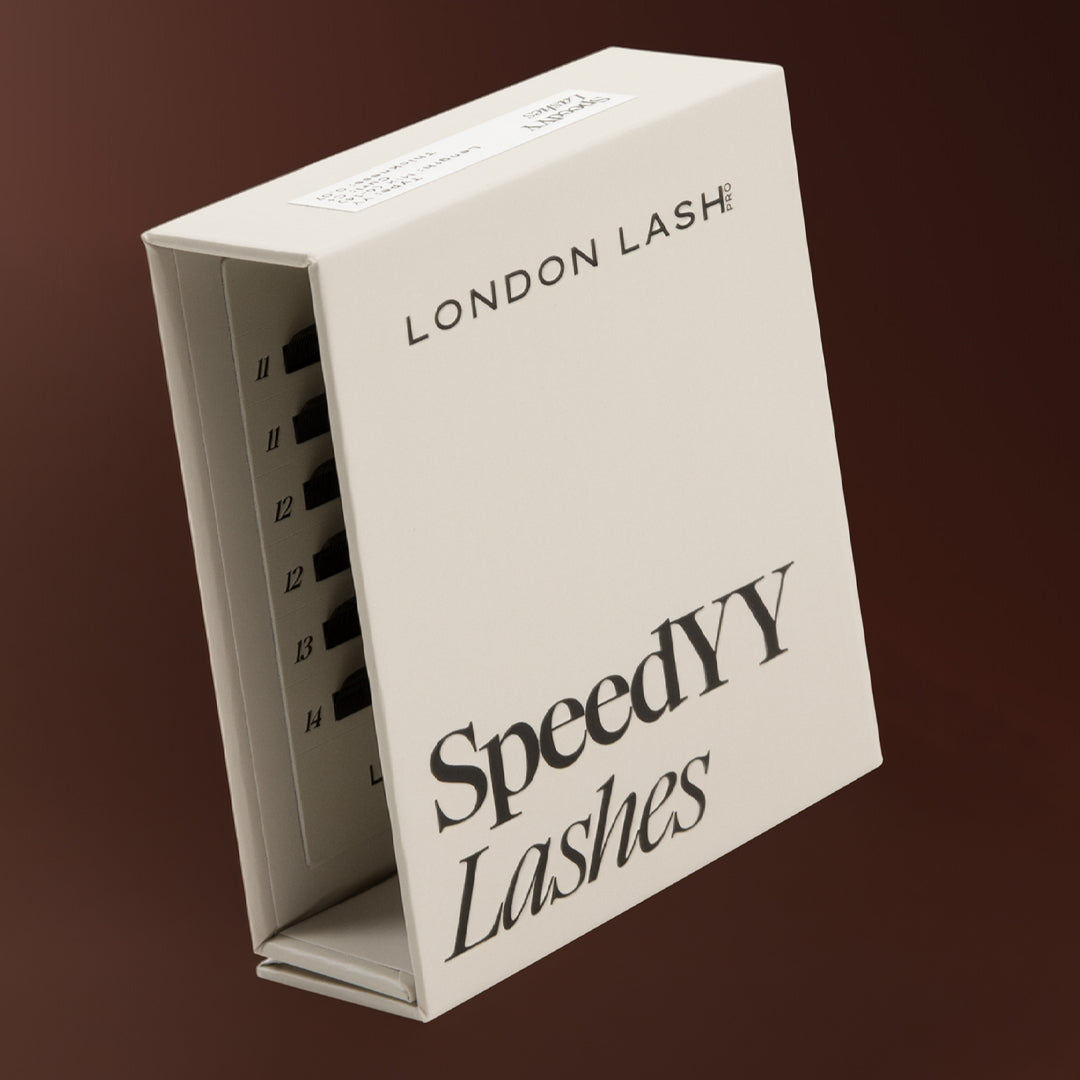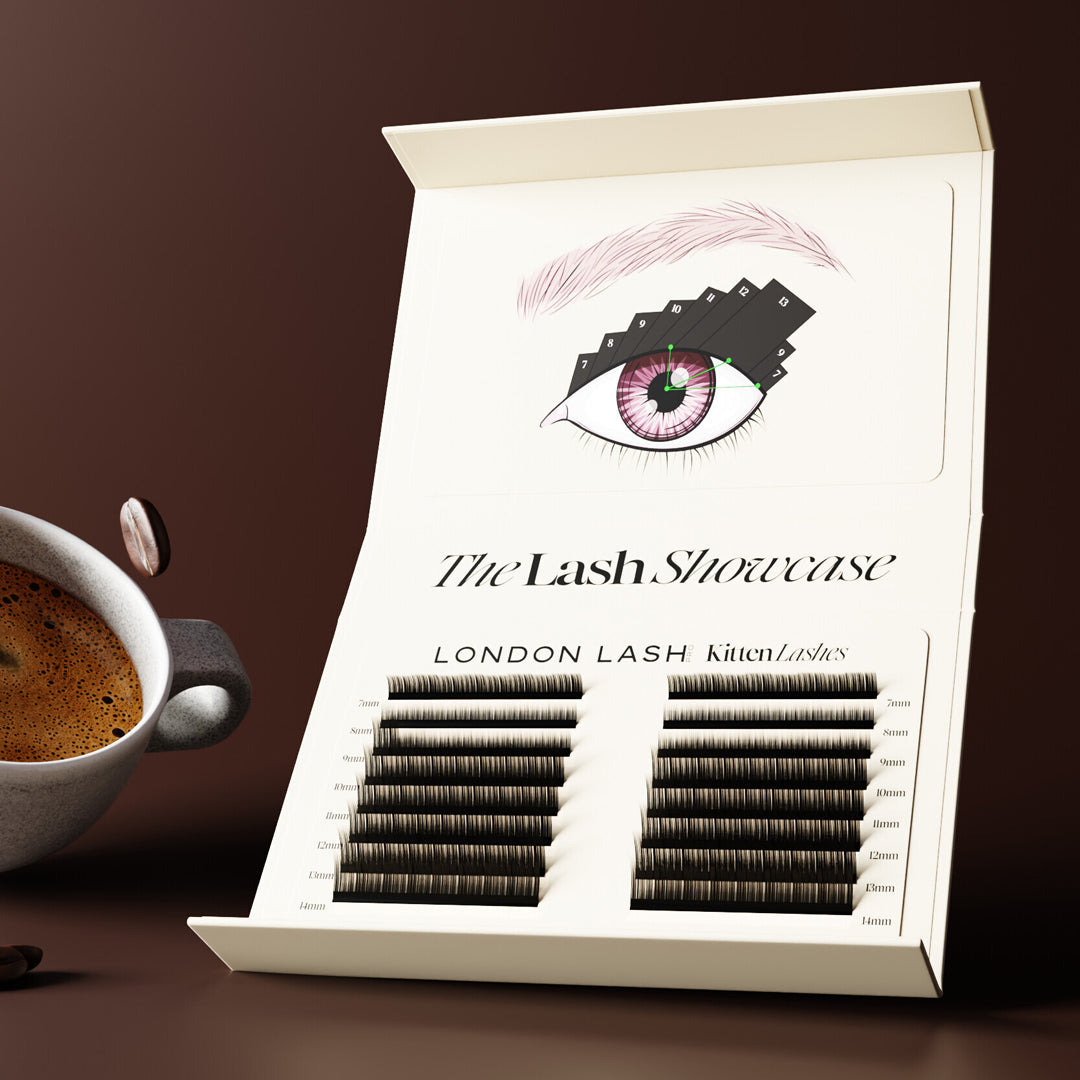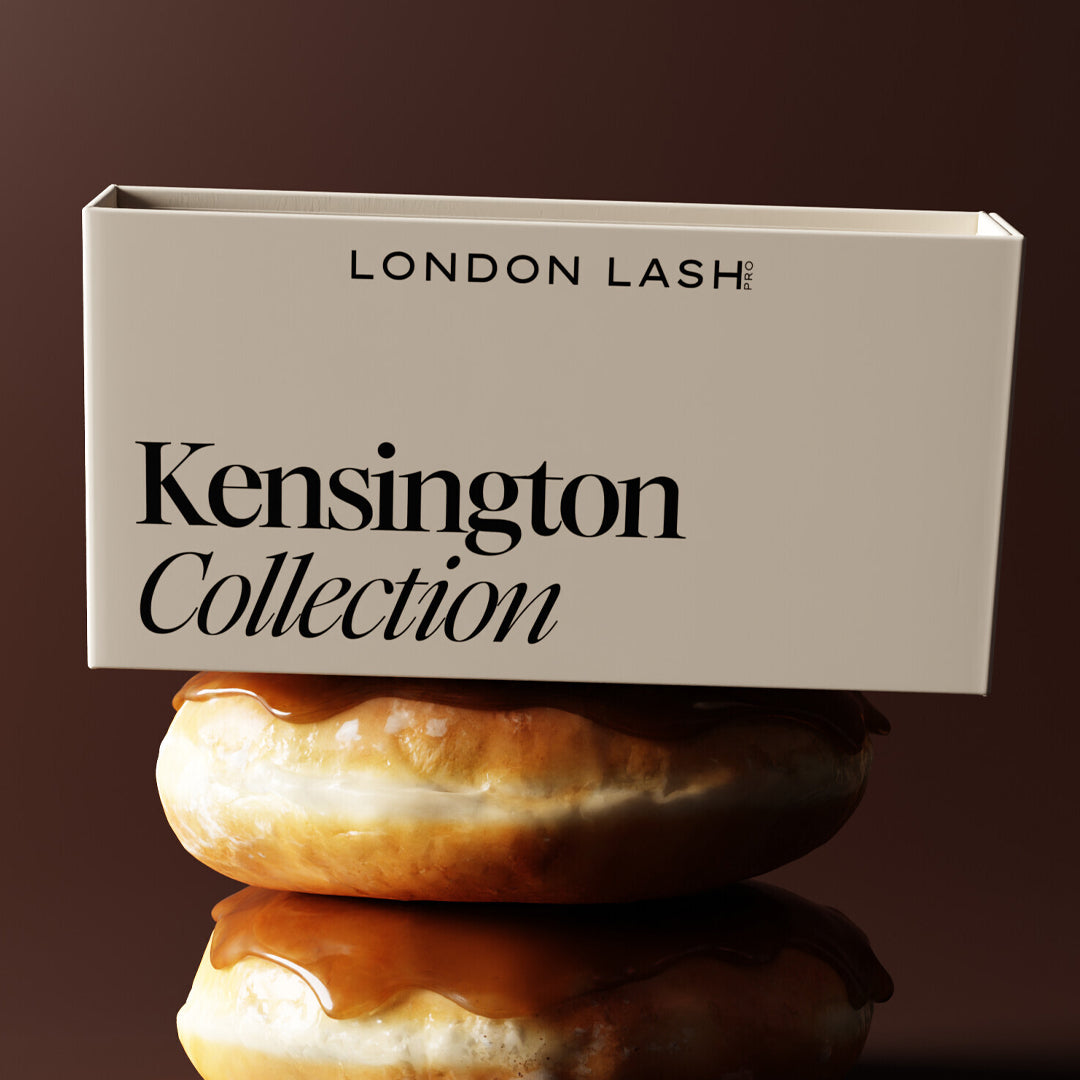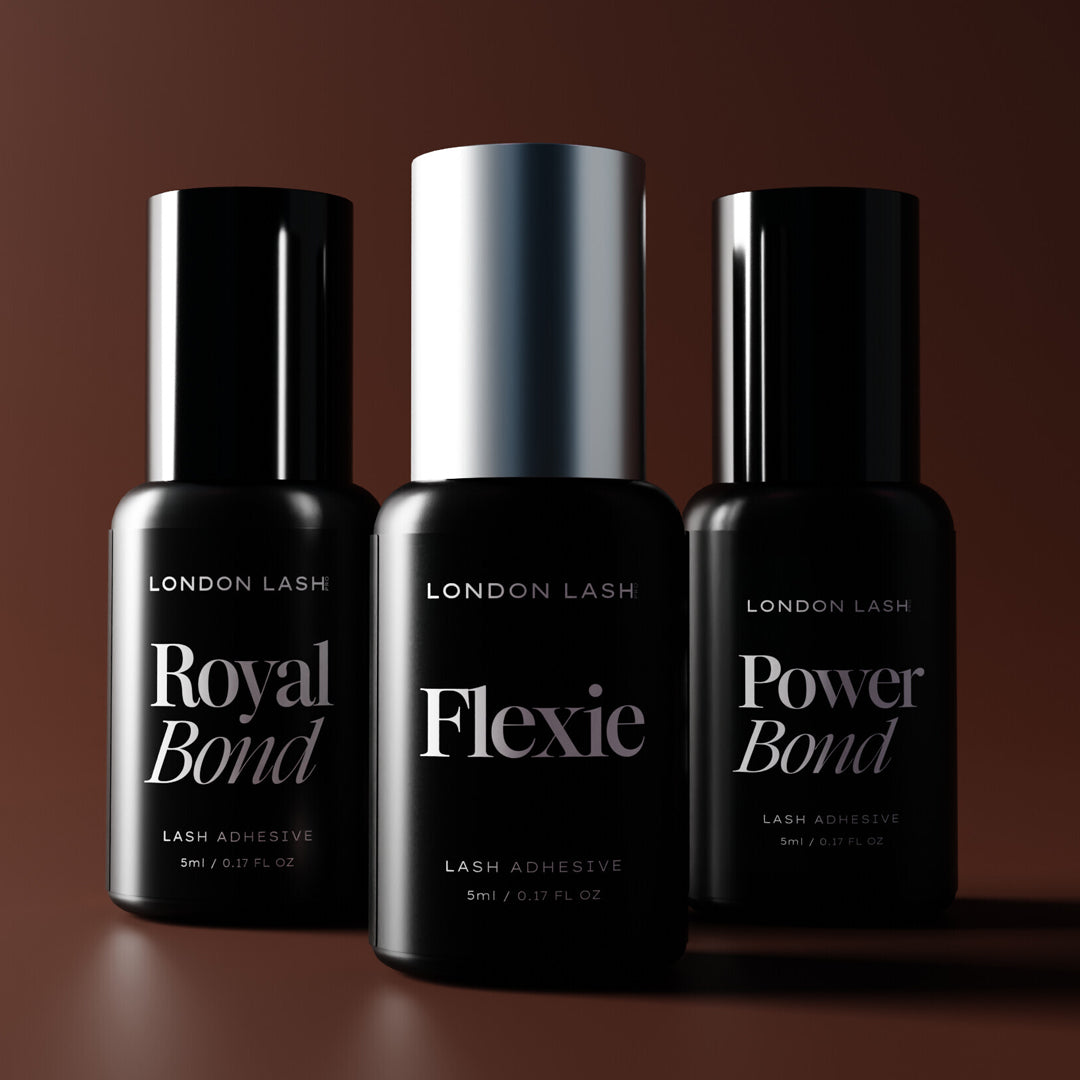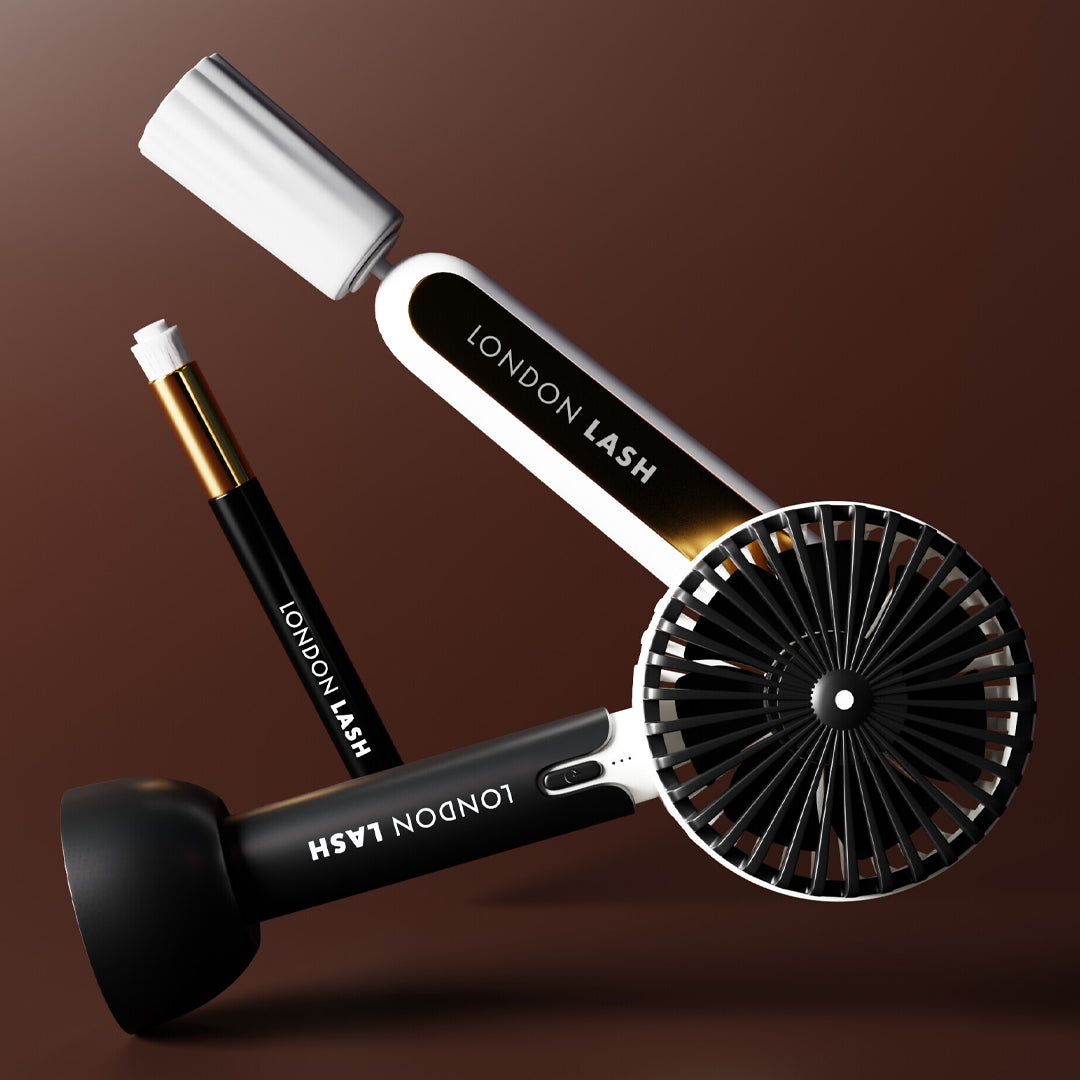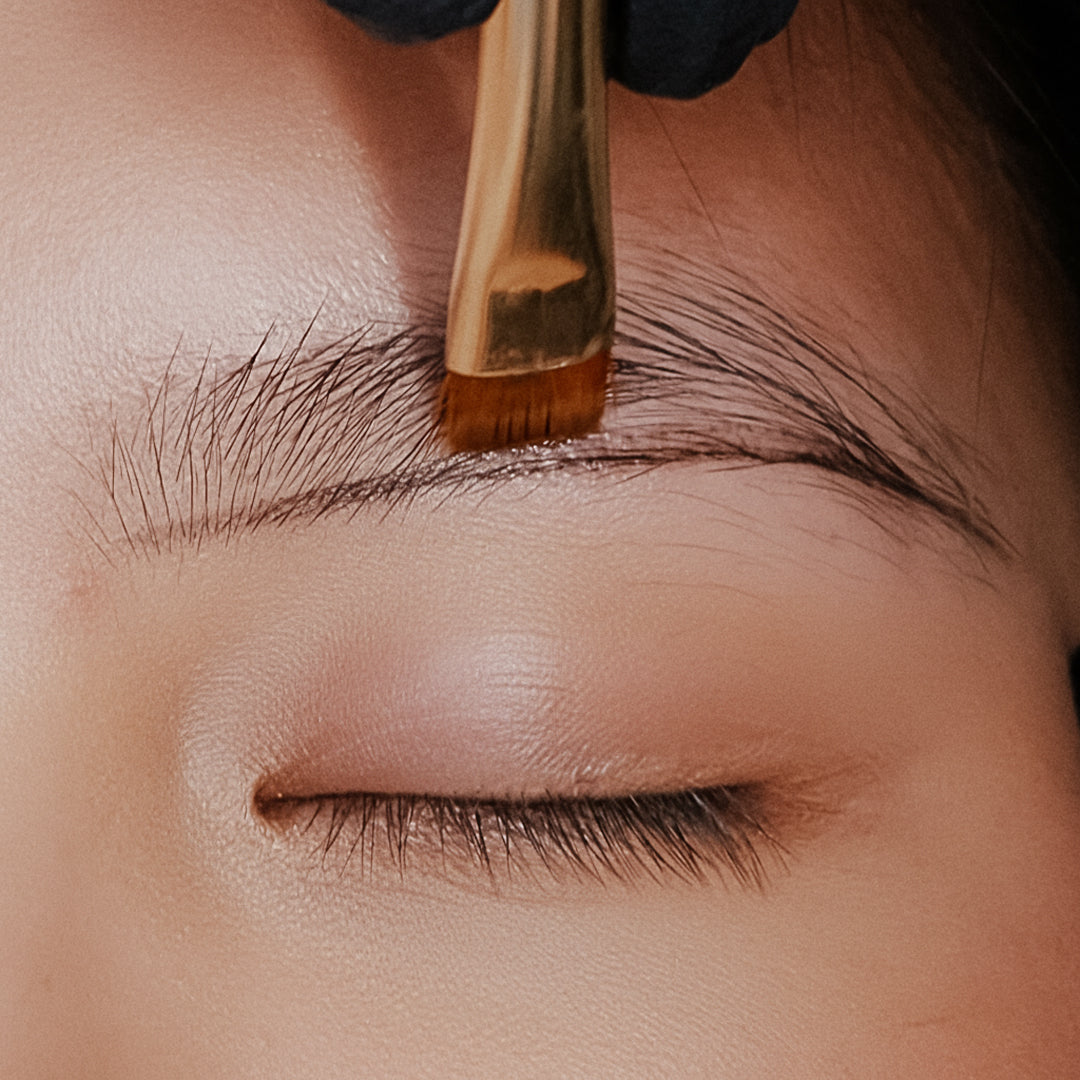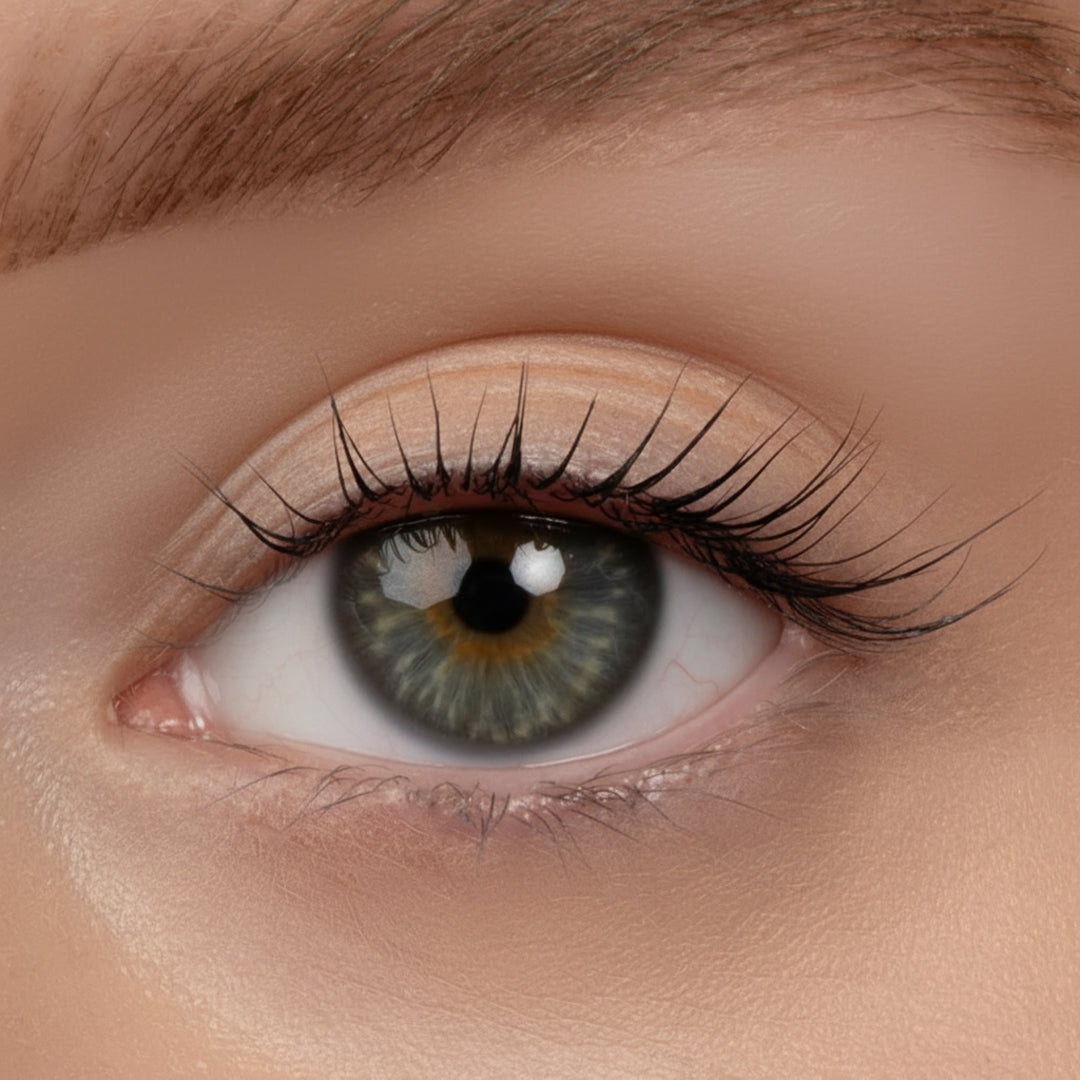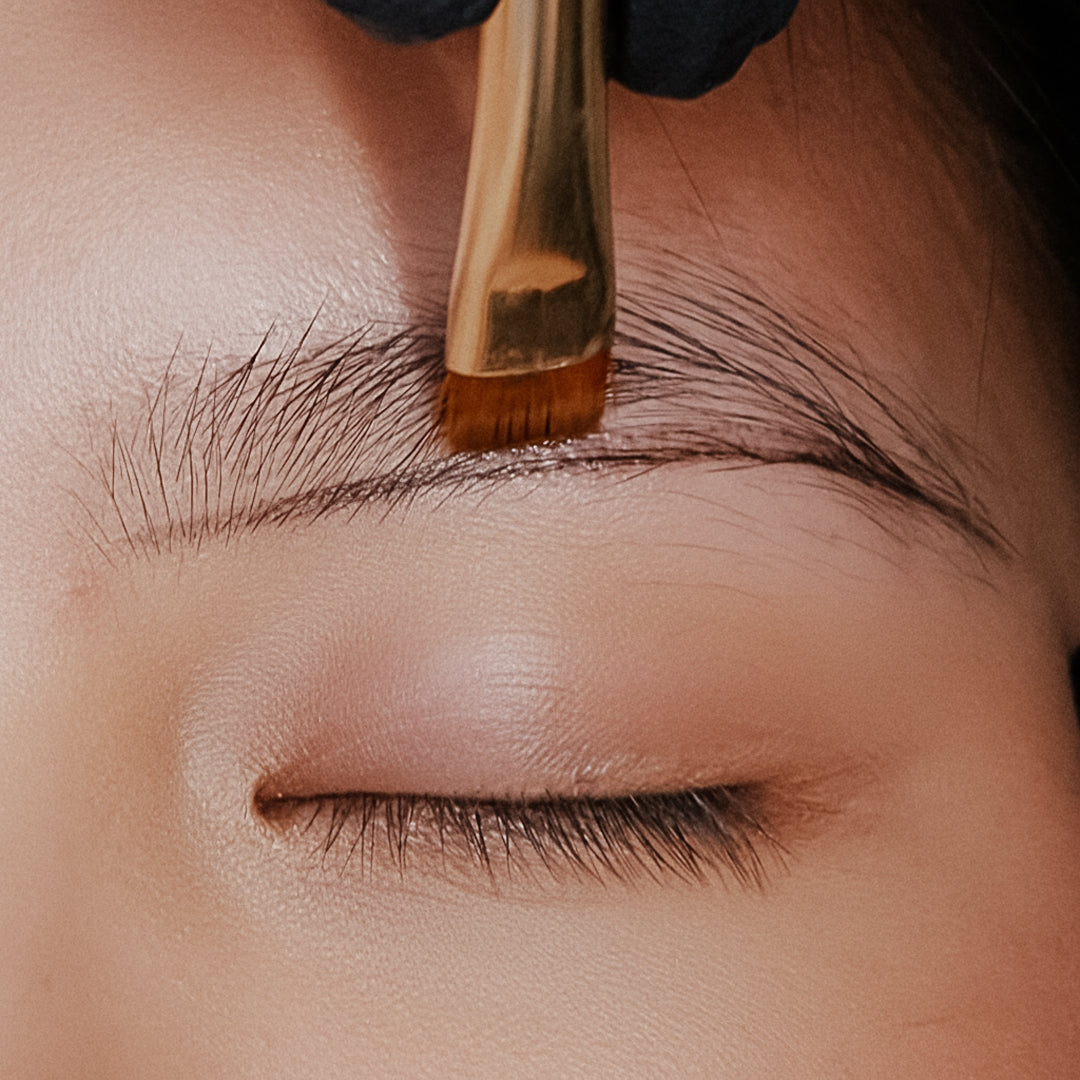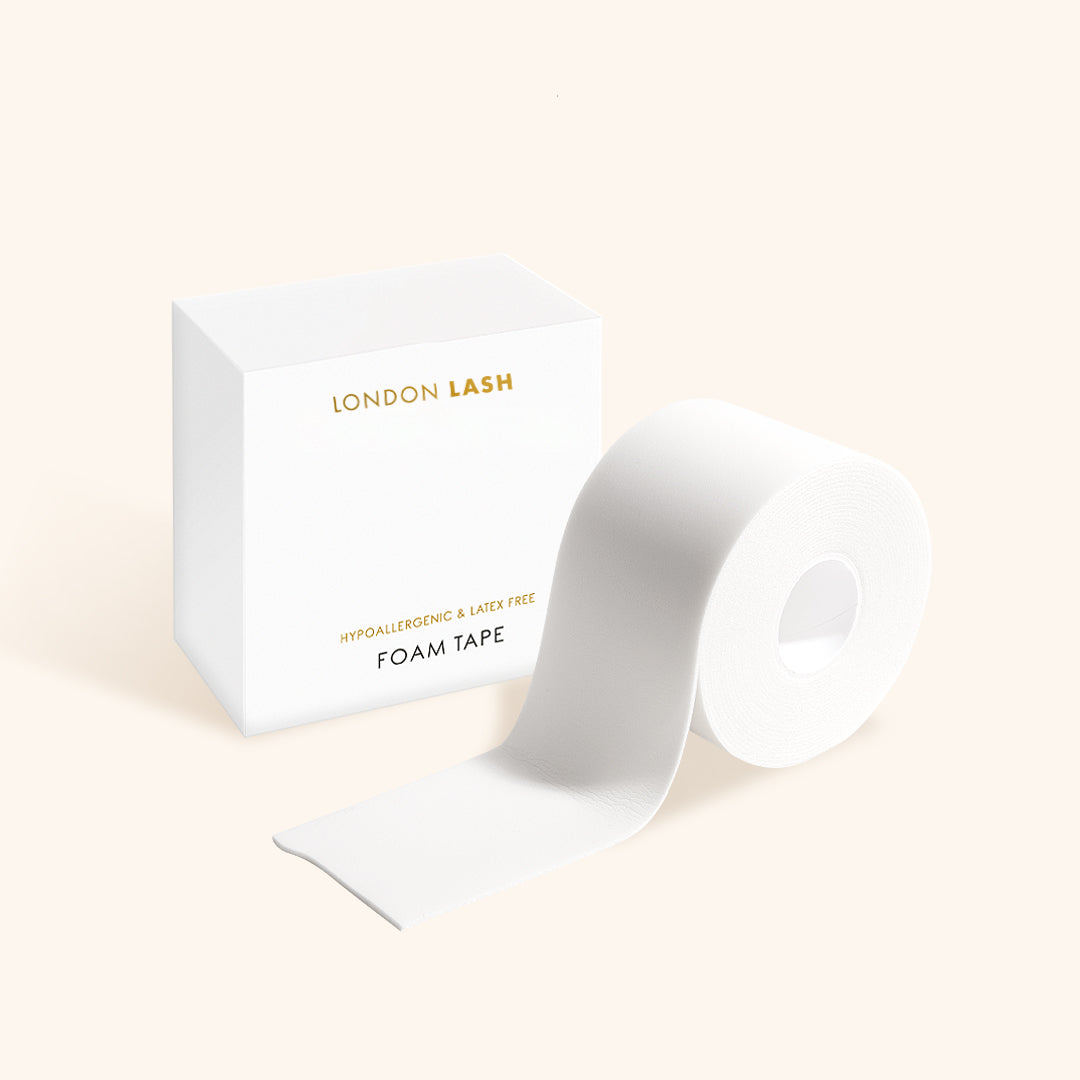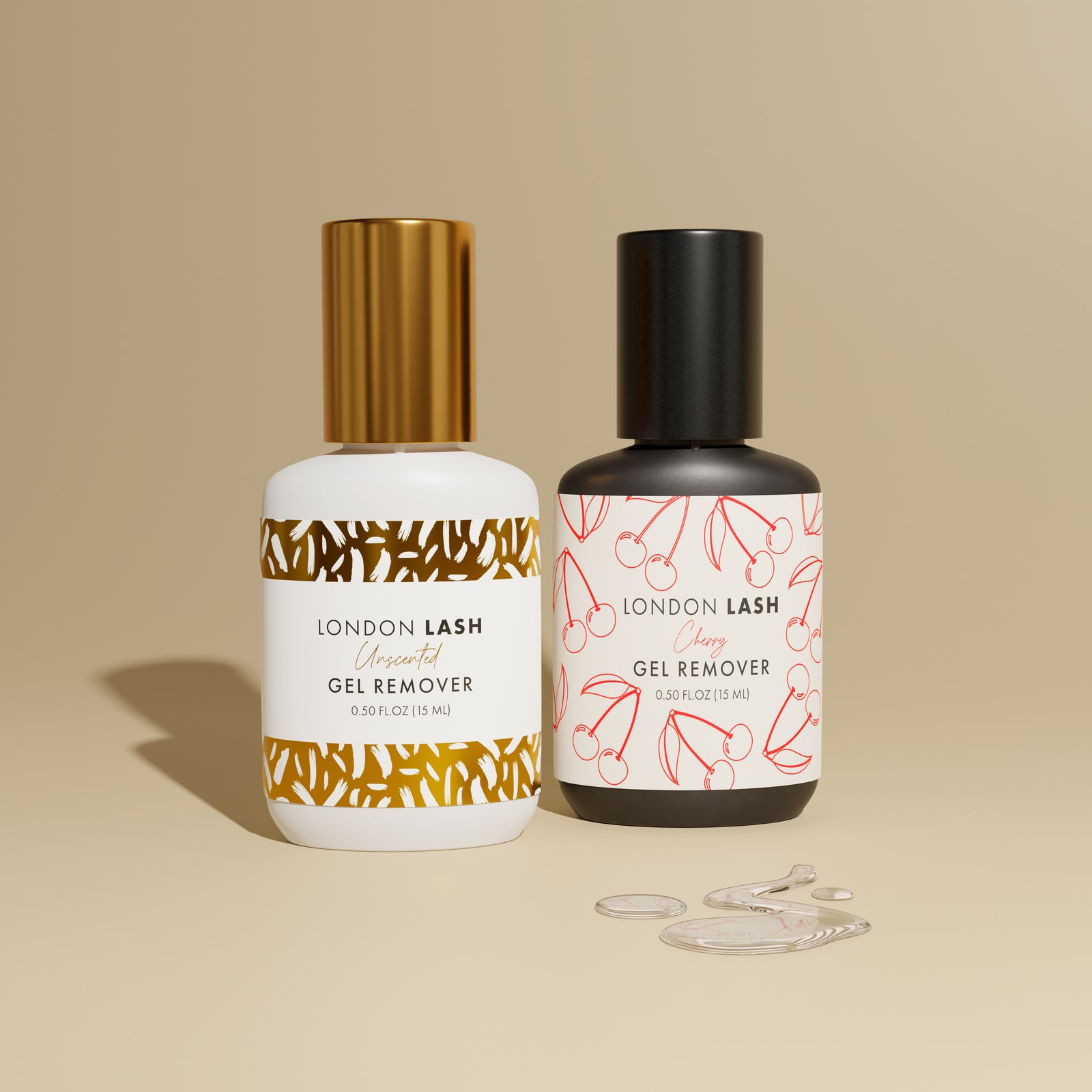Glues & Liquids
Eyelash Extensions
ACCESSORIES
So Henna
EYEBROWS
ONLINE TRAINING
Save up to 70% Off
What is Lash Glue Shock Polymerisation?
August 19, 2023 4 min read

Let's Talk About Shock Polymerisation
As a Lash Tech, you should be aware of what can go wrong with Eyelash Glue, and how to avoid or fix those issues if they do arise. Knowing your lash glue’s drying time, optimum humidity and temperature levels, and shelf life is very important for proper glue use as you’ll know, but even knowing which glue will work best for you specifically won’t solely prevent problems with your lash glue.
One such problem is shock polymerisation, and thankfully it’s an easy problem to avoid, and pretty easy to fix if you do experience it too. Here’s what you need to know:
What is Shock Polymerisation?
Shock polymerisation is when your lash adhesive dries exceptionally fast as a result of coming into contact with liquid while it is still wet. When lash glue shock polymerises it takes the appearance of white crystals, somewhat like sugar. This looks messy as of course, we want to keep the glue carbon black and match with the lash extensions. Polymerised lash glue is also brittle and weak.

How Does Lash Glue Shock Polymerise?
Shock polymerisation happens when lash glue cures exceptionally fast due to excess moisture. While we need some moisture in the air for the glue to dry correctly with the right amount of humidity, always check your optimum humidity for your lash glue of choice with our Glue Chart. As mentioned above, shock polymerisation happens when the eyelash glue comes into contact with liquids immediately. The appearance of the glue changes from the regular carbon black to white (sometimes crystallised) and turns brittle in nature.
The reason this may happen is because excess moisture is present. Usually this is due to the client’s eyes being overly watery during a lash extension treatment. To avoid this, we suggest making sure their Eyepatches and Tape are applied correctly and begin lashing from the outer corners. For extra absorption you can use Foam Tape to replace the Eyepatches, which helps in these situations for clients with watery eyes.
Another way shock polymerisation may happen is during a lash set removal. This is actually the most common way that it happens because it is rather unexpected. This is due to the lash glue remover re-activating the lash glue and it not being removed entirely, leaving residue behind. When the Lash Artist goes in to clean the lashes using Protein Removing Pads, Cleanser or Primer (which all contain liquids of course) it can cause unexpected shock polymerisation of the left over lash glue. This is why it is necessary to clean everything during a lash removal.
In the past, companies have suggested a Nanomister to help cure the glue faster. This is a small device which sprays water in a very fine mist. While moisture is important to cure the glue, it can make the bonds between the lash glue and extensions brittle, so it is not something we recommend. Instead, we have developed our Superbonder Sealant which seals the bonds, glue fumes and cures the glue immediately after application.
What are the Dangers of Shock Polymerisation?
The good news is that shock polymerisation isn’t actually dangerous for your clients’ health. The biggest threat it poses is aesthetic issues and poor reviews. That being said, due to the larger crystals being formed when shock polymerisation occurs, you are more likely to end up with more stickies in your client’s lash set than if the glue had cured as it was supposed to, though with that being said, when you spot shock polymerisation, you’ll be removing the affected lashes anyway which will of course remove the stickies too.
How to Deal With Shock Polymerisation
Shock polymerisation doesn’t always happen on the client’s lashes. Monitor your lash glue in its bottle. Make sure that your lash glue is in date. Our London Lash adhesives have an expiration date of 6 months unopened from their production date. After opening, the glue should be used within 4-6 weeks. Keep your lash glue in an Airtight Container for best protection and results. Always use a Digital Hygrometer to monitor your workspace conditions to make sure the humidity and temperature are within your lash glue’s optimum range. If you notice any white crystals or residue on your glue’s nozzle, it means that it has come into contact with moisture, and therefore it will affect the performance of your lash adhesive. We never advise you to store your glue in a fridge after opening as this can cause condensation (and moisture) inside the glue bottle.
To deal with shock polymerisation if it happens while you’re lashing, all you need to do is remove the affected lashes, get rid of all the residue, cleanse and reapply. The best way to do this without ruining the unaffected lashes is to tape them out of the way so that you’re only removing the shocked lashes. If it’s during removal, just reapply the Lash Remover, leave it for a couple of minutes and then remove the residue and cleanse. Shock polymerised glue will break down quicker than cured glue.

So there you go, some information on eyelash glue shock polymerisation. Know the signs and make sure you are aware of how to avoid it in the first place. Preventing this from happening is much easier than to remove the affected area. While of course, not impossible, shock polymerisation mid-treatment can be time consuming and frustrating. But, if you spot the signs quickly you will be able to deal with it like a true professional.
Check out these featured products
Subscribe
Sign up to get the latest on sales, new releases and more …

